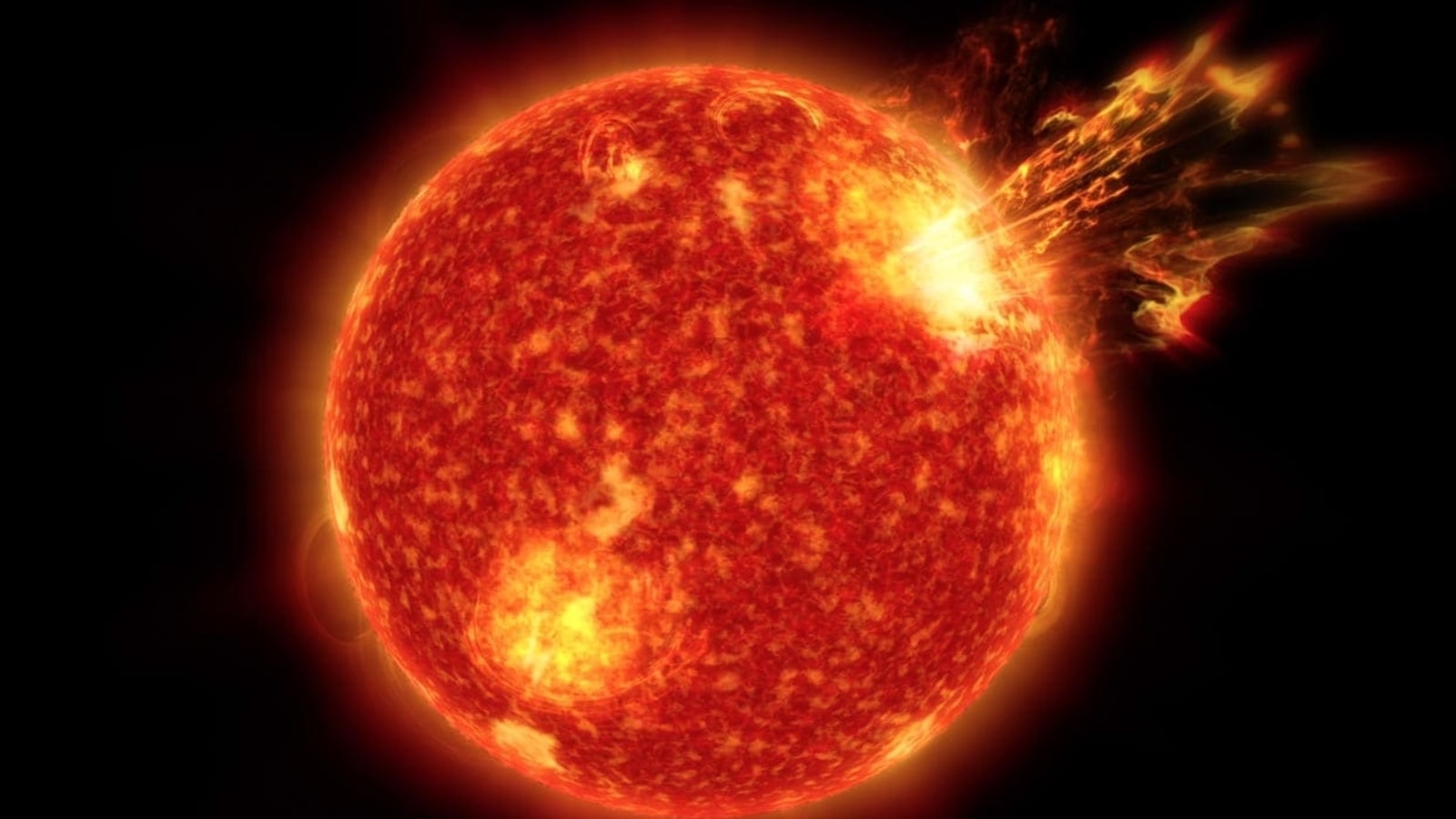SCARY CME hits Earth, causes massive solar storm; Satellite tossed around, may be lost
A massive solar storm, caused by coronal mass ejections (CME) struck the Earth today, January 4. The impact to the magnetosphere was so strong that a satellite was pushed out of its path.






 View all Images
View all ImagesYesterday, it was reported that coronal mass ejections (CME) released from the Sun during an eruption on December 30th were moving towards the Earth and were going to cause a massive solar storm event when it reached us. CME-induced solar storms are more intense than usual and scientists were concerned about its impact. It finally struck the magnetosphere of our planet at 8:24 AM today, January 4, resulting in furious magnetic flux. The impact was so strong that an Australian satellite recorded a deviation from its path. If it is not able to regain its position, it could be lost forever. Read on to know the full impact of this solar storm.
The incident was reported by SpaceWeather.com which noted on its website, “As predicted, a coronal mass ejection (CME) hit Earth's magnetic field on Jan. 4th (0254 UT). The impact jolted magnetometers around the world, causing a 38 nT deviation at the Canberra station in Australia”. But not all is over. It is predicted that further G1-class solar storm activity can be seen in hours ahead.
Solar storm strikes the Earth, tosses satellite away
The CME particles released a massive amount of magnetic energy. Such energy jolts can be potentially dangerous to satellites in the lower orbits of the Earth. The Canberra Deep Space Communication Complex (CDSCC) became a victim to these jolts and the magnetic impulses deviated it from its standard path. It is unclear at the moment whether it caused any damages to the instruments aboard the satellite.
Luckily, the CME particles weren't the strongest and it is assumed that only a G1-class solar storm will be caused in hours to come in the arctic region. This can still impact GPS signals and radio waves, causing flights to recourse and delay their transit.
The Sun is nearing solar maximum, the peak of its solar cycle which is expected to reach in 2024 and as a result, the Sun is experiencing an increased solar activity. The Solar Dynamics Observatory of NASA detected a farside explosion on the Sun. This explosion was so strong that its shock waves were detected on both the poles of the Sun. If it were directed towards the Earth, it could have led to massive destruction to satellites, disruption to all wireless communications including mobile network, damage to internet services, power grid failures and more.
But this does not mean that we are safe. Whatever caused the explosion will face our planet in two day's time and if the region is still unstable, we may see more such explosions.
Catch all the Latest Tech News, Mobile News, Laptop News, Gaming news, Wearables News , How To News, also keep up with us on Whatsapp channel,Twitter, Facebook, Google News, and Instagram. For our latest videos, subscribe to our YouTube channel.




























